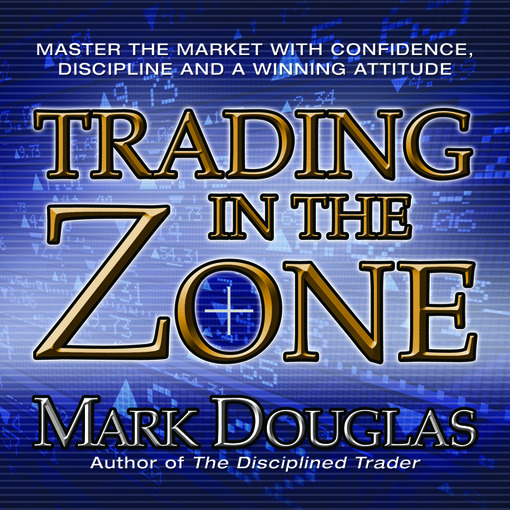Misunderstanding how trading works. Trading is a game of probabilities. No matter what methodology you are using—fundamental, macro or technical; highly quantitative, intuitive, seat of pants, or blend; long term, short term, daytrading—at the end of the day, the expected value of your trades has to be positive, or you aren’t going to make money. There is no free lunch. Though you may get lucky (or unlucky) on a set of trades, over a large set of trades, the Law of Large Numbers rules with an iron fist. There is no way to “game” the system. You can’t take small trades with tiny risk, you can’t sell time premium, you can’t find some magic technical pattern. Yes, all of these things can be part of a working methodology, but that methodology has to have a positive expectancy. To put it simply, it has to work. (Now, you can see that points 1-4 are really basically the same point!)
Be overconfident. Markets punish hubris and overconfidence with remarkable consistency. (Victor Niederhoffer has written poignantly on this subject.) Overconfidence can hit in many ways. Industry statistics show that most small trading accounts lose money, so, you have to ask yourself, why will you be different? (Hint: answers like “I have a passion for markets. I was successful in this business or this sport. I’m a driven, detail-oriented person,” are probably not strong enough answers. Dig deep. Why will you succeed where so many others have tried and failed?) Overconfidence can creep in in other ways too. After a long string of winning trades, some traders are tempted to get more aggressive and increase their risk… and now they are trading too big, so bad things happen. There’s a sweet spot here—you have to have a degree of confidence, you can’t be afraid, but you have to stay humble. If you don’t, the market will make you humble, one way or another.

 1.) When it comes to trading, it turns out that the skills we learn to earn high marks in school, advance our careers and create relationships with other people, turn out to be inappropriate for trading. Traders must learn to think in terms of probabilities and surrender all of the skills acquired to achieve in virtually every other aspect of life.
1.) When it comes to trading, it turns out that the skills we learn to earn high marks in school, advance our careers and create relationships with other people, turn out to be inappropriate for trading. Traders must learn to think in terms of probabilities and surrender all of the skills acquired to achieve in virtually every other aspect of life.